
Dogs
If you are looking for a spunky little dog with a big personality, look no further. Throughout history, the Pomeranian has been a tiny companion for royalty and common folk alike. With a happy pleasant nature, this mini puffball has a vast number of admirers.
The Pomeranian is thought to have descended from the sled dogs of Iceland and Lapland. The breed is the smallest of the group of dogs known as "spitz-type" dogs. Originally, the larger version of the Pomeranian was an able herder. Eventually, it was brought to the country of Pomerania, located on the southern coast of the Baltic Sea, and it was here that many believe the breed was originally bred down in size and received the name "Pomeranian."
Until the late 1880s, the breed was not well known but, like many other breeds, Queen Victoria took an interest and their popularity soared. The queen is actually credited for encouraging breeders to continue the process of developing smaller and smaller dogs. As proof of her love for the breed, Queen Victoria requested that her beloved Pomeranian "Turi" be present with her at her death.
The Pomeranian, a tiny dog standing around 12 inches at the shoulder and weighing between 3 to 7 pounds, looks just like a tiny fox. The hair coat is fluffy and abundant, composed of a soft dense undercoat and a harsh textured outer coat. Their tail is set high and lays on the back, and the ears are pointed, triangular and erect. The Pomeranian is available in a variety of solid colors as well as brindle and combinations of colors.
Docile and sturdy, the Pomeranian is an active breed, known for having a big personality in a little package. The breed does well in an apartment setting as long as there is plenty to do. The breed does well either as the only dog in the house or with other dogs. If you have more than one Pomeranian, noise may become a factor. The breed tends to be quite vocal, especially when in groups.
The Pomeranian makes a great pet and companion, especially for older children and adults. Because the Pomeranian is so small, the dog could be accidentally injured by very young children.
Since the breed is vocal and usually wary of strangers, they make great watchdogs but really don't have the size to carry through on their verbal threats.
The Pomeranian is an intelligent dog and learns quickly. Many can be taught various tricks. The breed requires lots of activity to keep him out of trouble.
Some unscrupulous breeders have not paid attention to the dog's temperament, and consequently some Pomeranians may become aggressive. The breed is very curious and needs plenty of mental stimulation to prevent behavioral problems and destructive actions. The hair coat requires daily grooming to prevent the development of mats and tangles.
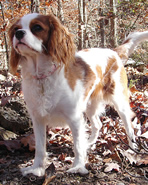 Cavalier King Charles Spaniels: A guide to dogs and puppies of the Cavalier King Charles Spaniel breed
Cavalier King Charles Spaniels: A guide to dogs and puppies of the Cavalier King Charles Spaniel breed
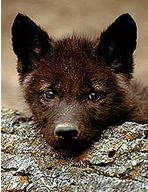 Schipperkes: A guide to dogs and puppies of the Schipperke breed
Schipperkes: A guide to dogs and puppies of the Schipperke breed
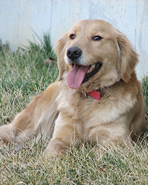 Golden Retrievers: A guide to dogs and puppies of the Golden Retriever breed
Golden Retrievers: A guide to dogs and puppies of the Golden Retriever breed
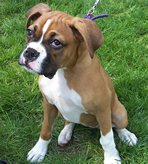 Boxers: A guide to dogs and puppies of the Boxer breed
Boxers: A guide to dogs and puppies of the Boxer breed
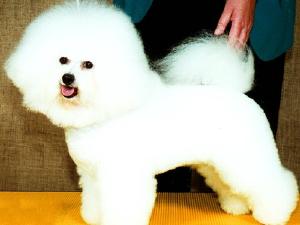 Bichon Frise
Bichon Frise
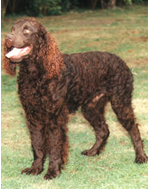 American Water Spaniels: A guide to dogs and puppies of the American Water Spaniel breed
American Water Spaniels: A guide to dogs and puppies of the American Water Spaniel breed
Copyright © 2005-2016 Pet Information All Rights Reserved
Contact us: www162date@outlook.com